The point of a review is to test the company’s claims, right? So when Xiaomi claimed that this Xiaomi 15 Ultra is the best smartphone camera, just like you, I wondered how it is better than another claimed smartphone camera beast – vivo X200 Pro. So here’s the camera comparison of Xiaomi 15 Ultra vs vivo X200 Pro!
Now, before anything, I was not paid by Xiaomi or vivo, so this opinion is solely based on mine.
Ultrawide Lens
Starting with the ultrawide lenses, the vivo handles the exposure the best at this particular shot, and the overall color was more accurate on the vivo too.
The exposure was handled well on this second ultrawide shot too, as seen in the middle part where there was a red signage in the middle, and it was visible on the vivo compared to the Xiaomi 15 Ultra.
However, when it comes to retaining darker areas, Xiaomi does a better job in exposing the front plants and the flowers as seen in this image compared to vivo. But once again, the exposure was not overall great.
So we do see where vivo is good at and where Xiaomi is good at with this particular ultrawide lens.
But in a more balanced out area, you’ll see a bit more saturation on the vivo as seen in this particular shot side by side with the Xiaomi being a bit wider at 14mm compared to vivo’s 15mm.
Main Lens & Zoom
The handling of the exposure is also the same for the main 23mm lenses on the Xiaomi, even with a higher aperture value than the vivo and a lower ISO value. I don’t think that shutter speed is the reason over here, but as seen, the details on the vivo were better and not overexposed.
When you zoom in to 46mm or 2x zoom, the Xiaomi does better in the overall exposure, but the vivo looks more pleasing with a nice contrast and details on the building. And just so you know that the picture profile on the Xiaomi was on the Leica Vibrant, not the more natural Leica Authentic.
But where you start seeing better improvements is when Xiaomi goes to 70mm or the 3x zoom, where you can see much more details on the building, even though once again there’s a difference in color with the Xiaomi.
Now, you can expect similar results on the 100mm or 4.3x zoom photo.
But when you go to the 233mm or 10x zoom, it is only then you’ll see both of them looking very similar.
Then if you compare the 691mm about 30x zoom photo, you start to see how well that the AI processing on this MediaTek chip does, as vivo is doing a better job at bringing the details of the buildings compared to the Snapdragon chip on the Xiaomi.
And the details remain better on the vivo at 1380mm or 60x zoom.
While the Xiaomi can go up to 120x zoom, the image does better on vivo in comparison here.
Let’s Try Another Brighter Scene
Then looking at a different or a more overall brighter scene, the vivo has a darker contrast on the main lens. Then the 46mm or the 2x zoom was also the same.
But over to the 233mm or the 10x zoom compared to earlier, you’ll see a tiny sharpness on the details on the “Ayam Goreng McD” signage on the vivo as well.
And the story was the same for the 691mm about 30x zoom photos where the image processing on the vivo had more details, where even at the max zoom, the vivo did overall better.
Portrait Mode
Next, switching over to the rear portrait mode photos. Finally, we start seeing Xiaomi redeeming themselves when taking photos on subjects where in this 23mm portrait mode, Xiaomi does a way better job on having a more balanced and pleasing photo from the exposure and the subject focus.
Even at 70mm, the focus on the flower compared to the 50mm on the vivo looks better on the Xiaomi as well.
But you start to see some improvement on vivo on the 135mm compared to Xiaomi’s 100mm.
But the question is that in this particular shot, is AI doing most of the work on the vivo? Well, whether or not it is AI, it did look great on the vivo.
However, when it comes to portrait mode for a person, as seen in these photos, vivo has some improvements over here. But the Xiaomi has a better contrast and better highlight roll off on the 23mm.
But when you go towards the 35mm, I like how less harsh the highlights are on the vivo on the skin tones compared to the Xiaomi’s 46mm.
So beyond the 50mm in comparison or also the 70mm on the Xiaomi, while both edge detection looks flawless on both, but the way vivo handles the skin tones was much better, even at 135mm compared to Xiaomi’s 100mm.
Macro Mode
Then as for macro shots, I thought that vivo would do better and just slam the Xiaomi 15 Ultra. But based on this first photo, the Xiaomi did a way better job. And this is probably due to the fact that Xiaomi is using the floating telephoto lens as explained in my camera review of the Xiaomi 15 Ultra, where they have fitted that in the phone, so they have a better ability to really focus on subjects better.
It was overall easier to nail the focus on this second photo as well compared to the vivo X100 Pro.
So, now it seems like we have a new winner for the ultimate macro smartphone camera.
Selfie
Looking at the portrait selfie photos, the overall details on the background blur and the edge detection on both were really good, but the skin tones were better on the vivo.
Then on this second selfie photo, the skin tones were a bit better on the Xiaomi. And this could be because of the image processing. So it does seem that Xiaomi is probably not as consistent at this point of time.
However, where this selfie camera does not look like flagship level is if you take a selfie against the light because it clearly looks bad compared to what Samsung, Google, and even iPhone produces when it comes to dynamic range of taking selfies if there’s a backlight at you.
Nighttime Ultrawide
Then as for nighttime photos for the ultrawide lenses, the exposure handling for Xiaomi does nicer here at night, while the vivo being a little darker, and the consistency is also present in a mixed lighting situation on the Xiaomi also, as mentioned in my in-depth camera review of the Xiaomi 15 Ultra.
Both phones handled nightlights very well, but I would give the edge to the Xiaomi 15 Ultra for giving brighter and better details on the building in the middle and the overall skies too.
Nighttime Main Lens & Zoom
I would say that the 23mm photos at night were equal. And the same can be said for the 46mm or the 2x zoom.
But if you go towards the 70mm onwards, you start to see where the vivo is doing a better job on the highlights, specifically on “The Coffee Bean & Tea Leaf” signage.
But on the 100mm, the Xiaomi was better on the hotel and the Boulevard signage in the middle.
And then vivo comes back better and stronger on the highlights from the 692mm onwards, even at the max zoom.
For this second scene, Xiaomi does better on handling the lens flare from the lamp post as seen in the middle of this building in this 23mm photo.
Then the vivo levels things up on the 46mm focal length and for the 70mm as well.
Nighttime Portrait Mode
Both look the same for the portrait mode on objects for 23mm. So you can expect similar great results on the subject-to-background blur even when comparing the 85mm on the vivo to the 70mm on the Xiaomi.
Just like how it was during the day, the 23mm focal length for portrait photos for humans look nicer on the Xiaomi for the 35mm on the vivo against the 46mm on the Xiaomi. The skin tones on the Xiaomi had a little more details and also being more true to life.
So while during the day vivo was more victorious with the skin tones, I would say when it comes to nighttime portraits, the Xiaomi 15 Ultra does better.
Nighttime Selfie
The night selfie photos were also better and the pictures were also very nicely balanced. Carefully handling the spotlight on the left does not interfere with the photo.
Even the skin tones on this second photo was better on the Xiaomi 15 Ultra.
And finally, this third selfie photo was better as seen on Xiaomi over here as well.
Video Recording
[Check out all the sample video footage on my Youtube video]
Quality
Both can record up to 8K 30fps when it comes to video recording. Quality-wise was the same, but the color accuracy for the skies on Xiaomi was better. And the same could be said for the 2x 8K video as well.
There’s also a 5x mode for the 8K on the vivo, but a 4.3x on the Xiaomi. But if you start zooming on this 8K mode, here’s where you start to see the 1-inch sensor on the Xiaomi perform its best over here.
8K Stabilization
The stabilization for 8K at 1x zoom is a bit better on the vivo. So was the 2x zoom as well.
Then the 4K video recording was also the same story, while the quality was equally as good. But the color accuracy on the Xiaomi 15 Ultra was better. And this was the same for the 2x video and the 3x video on 4K as well.
Log Recording
There’s also Log recording on both phones. And here’s where the quality is very subjective because it’s based on how you want to color grade each video, where the quality was great on both up to 3x at 4K.
4K Stabilization
Then stabilization on the 4K resolution for the ultrawide lenses and the main one was great up to 2x on both.
Front Video Recording
Then as for the front video recording, thankfully both can record up to 4K 30fps, and the quality on the Xiaomi was better, and the way it handles exposure was also overall great, especially on this particular clip where there’s a quick flash of sun on my face.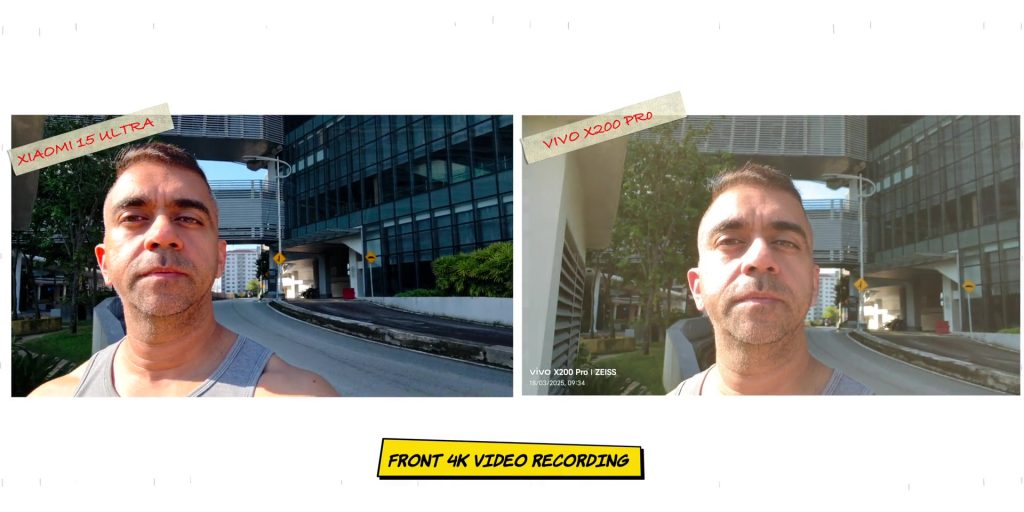
The image stabilization was also great on both. And the dynamic range for the front camera for the video was also overall better on the Xiaomi 15 Ultra as well.
[Check out the vlogging & audio test on my YouTube video]
Nighttime Videos
Nighttime Video Quality
Okay, now for the nighttime videos. What’s interesting is that if you playback the video on each phone screen, the Xiaomi videos look a bit more darker, but when I put it on my color accurate monitor display, that is where I could see the quality was equally as good for the ultrawide lenses on the nighttime videos.
But what’s surprising is that the main lenses video on vivo did a way better job where there was no noise as seen on the darker areas compared to how grainy the footage was on the Xiaomi 15 Ultra, which was super weird considering the fact that Xiaomi has a 1-inch sensor.
Well, once again, the video processing power for MediaTek did better overall here, I guess.
Then the 2x video at night was also slightly better on the vivo too.
So probably the saving grace for Xiaomi is working with the log footage if you take videos at night, but of course, you’ll need to work on that accordingly.
Nighttime Video Stabilization
Stabilization-wise at 4K ultrawide on both was great. So was the 1x zoom, but for the 2x zoom video onwards, the vivo did better with less jitters on the lights, even at 3x zoom as well.
Nighttime Front Video Recording
As for the front video recording at night, now I wouldn’t trade my life for these two video recordings because I didn’t like them both. But if I really had to choose, I would go with the vivo over here where it had better details on the face instead of looking slightly smudged on the Xiaomi 15 Ultra.
Verdict
So based on the thousands of photos and videos taken on these two phones, if I really HAD to choose, I would choose the vivo X200 Pro. Do you agree or disagree?
If you want to see how it holds against the OPPO Find X8 Pro, check that video out over here!

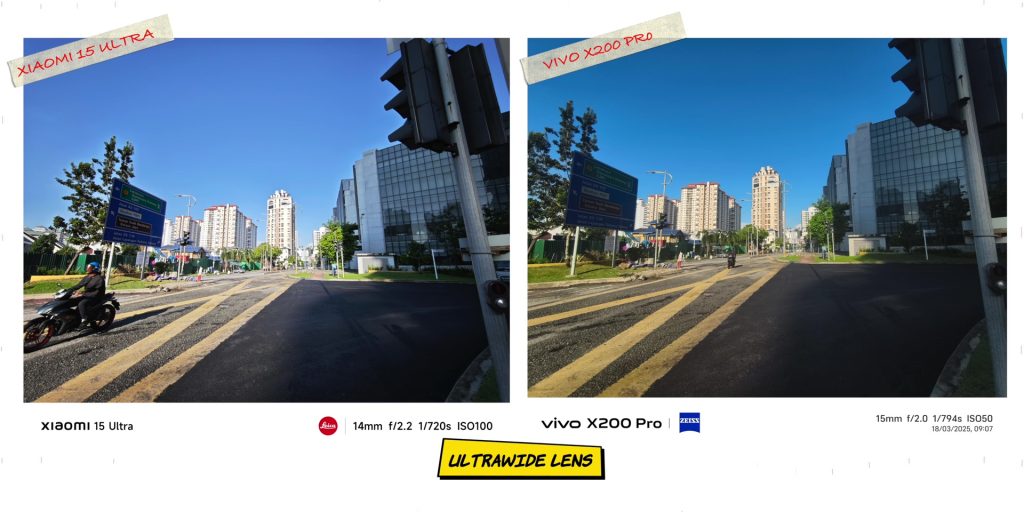
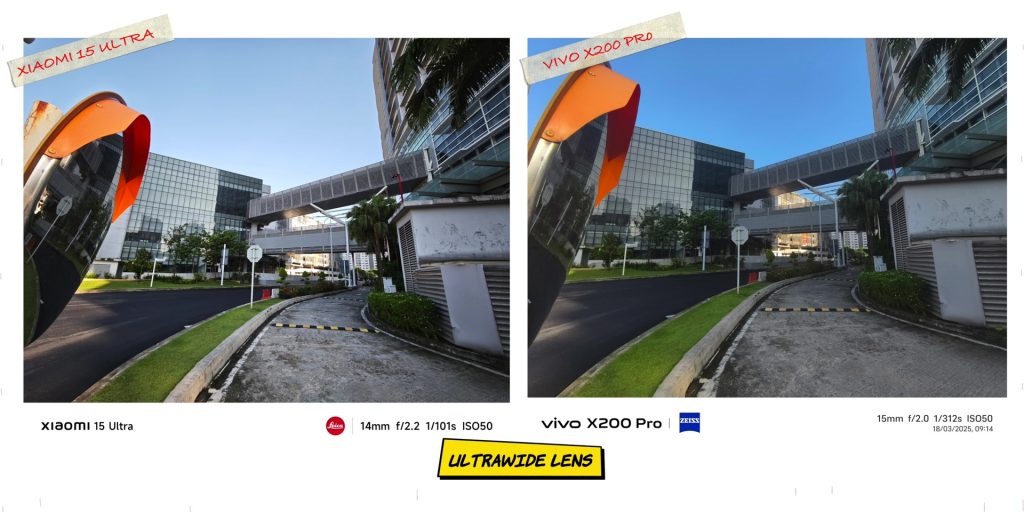
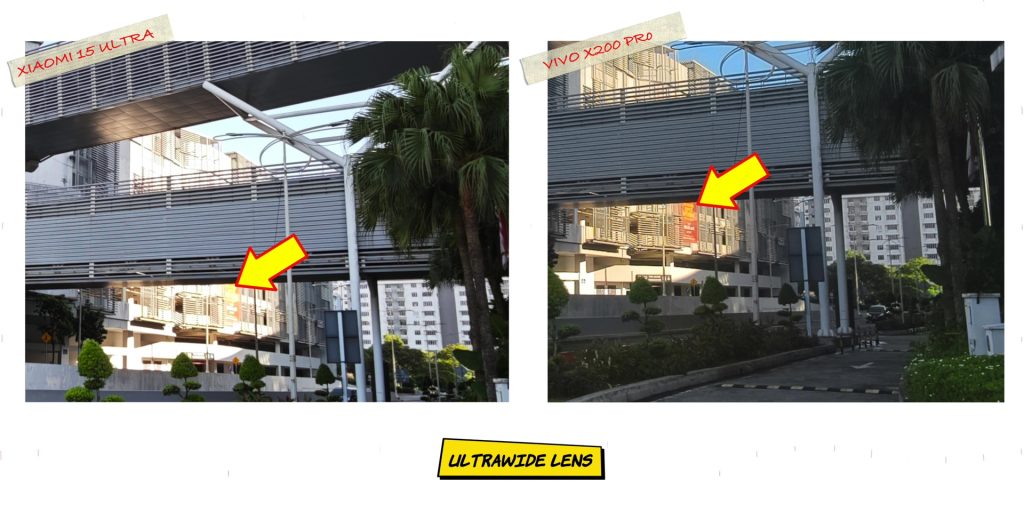
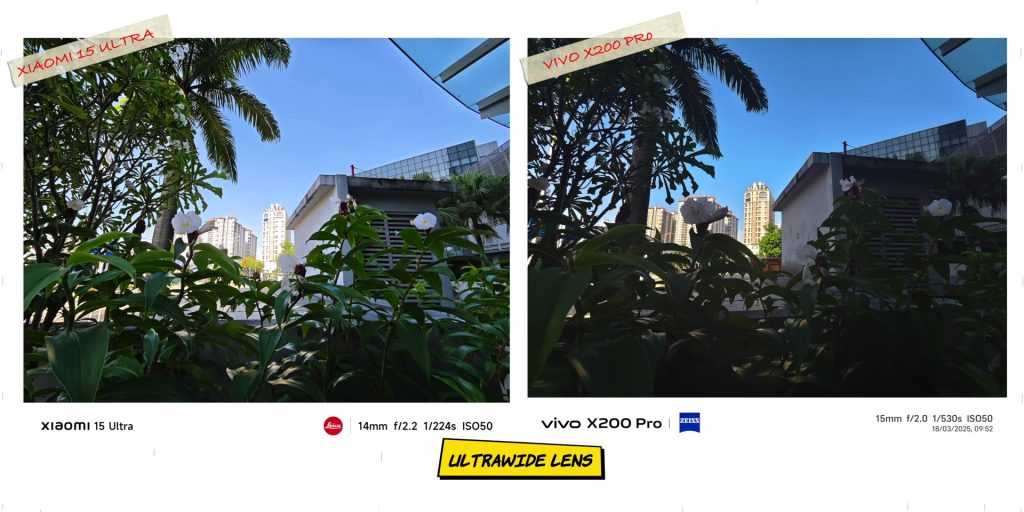
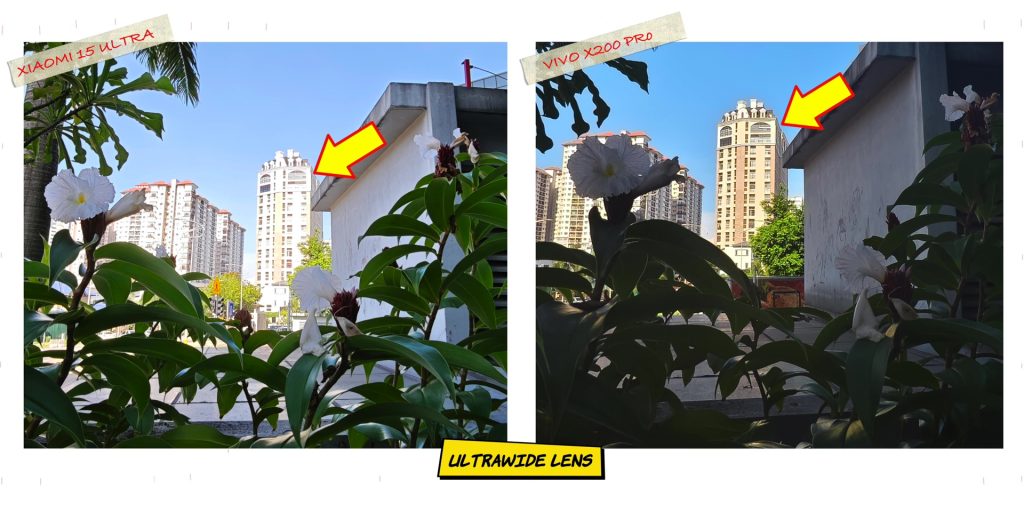
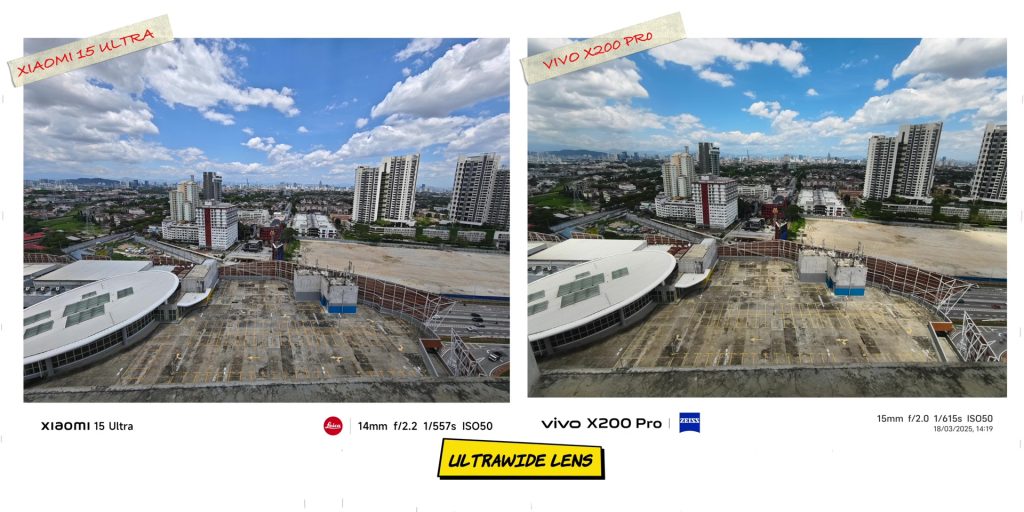
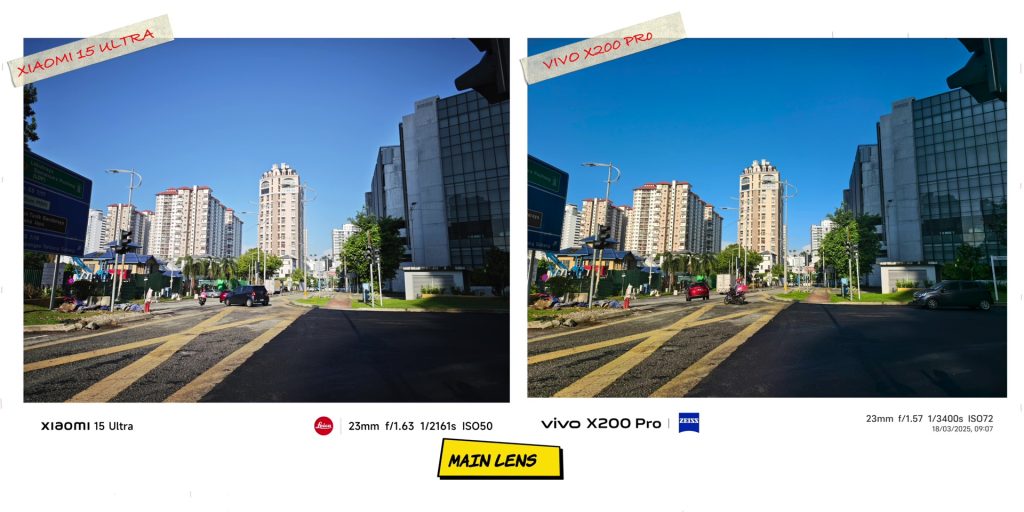
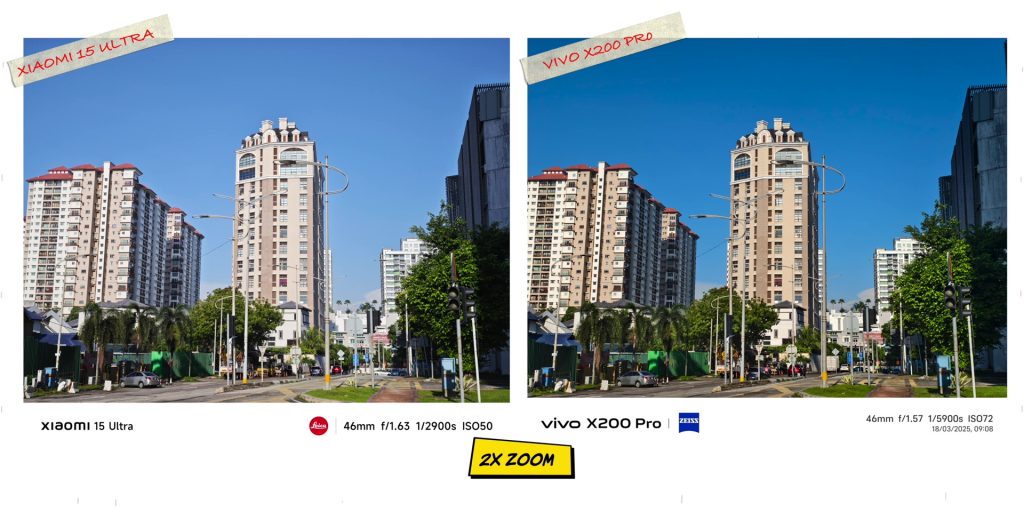
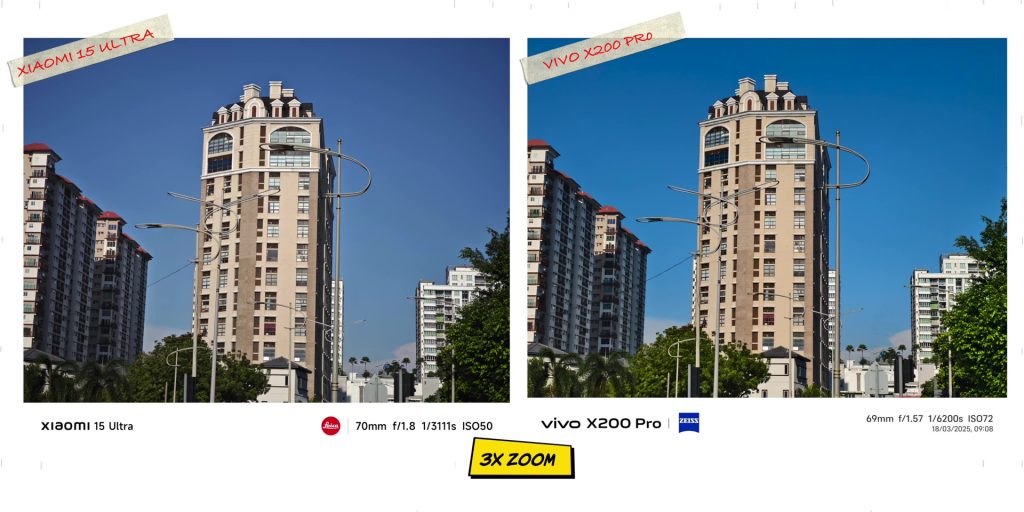
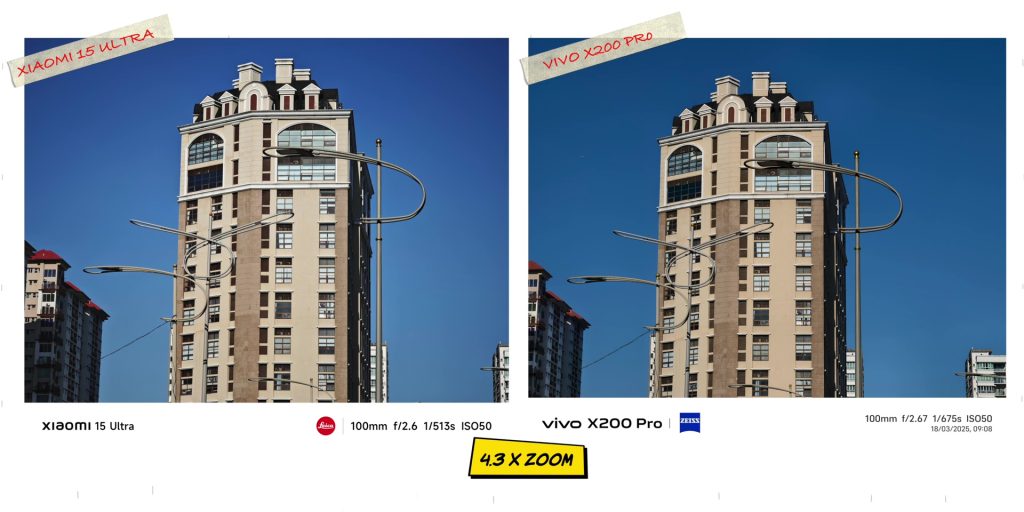
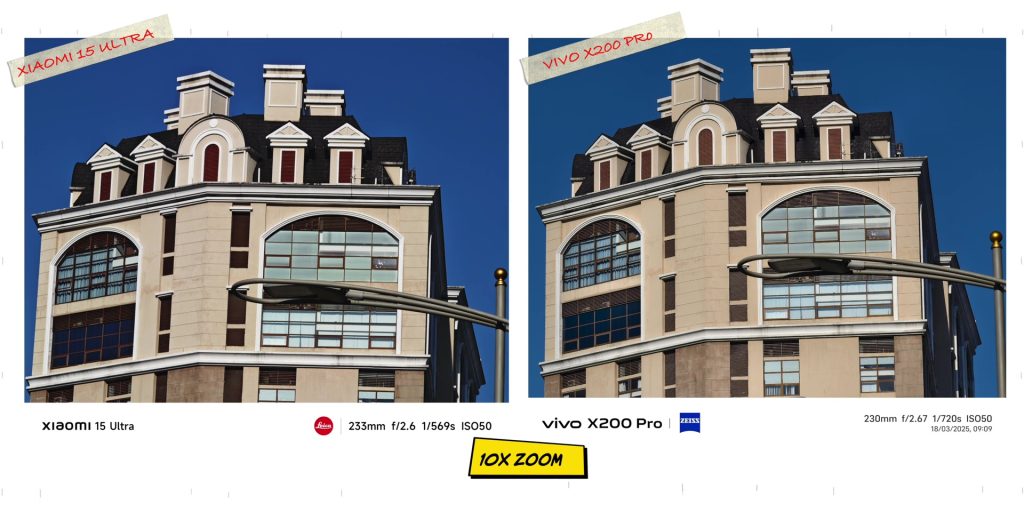
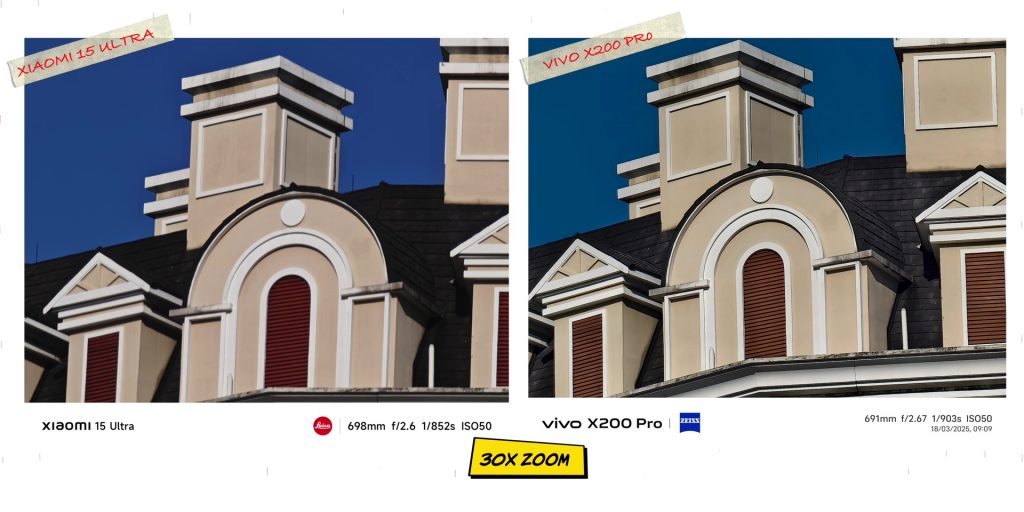
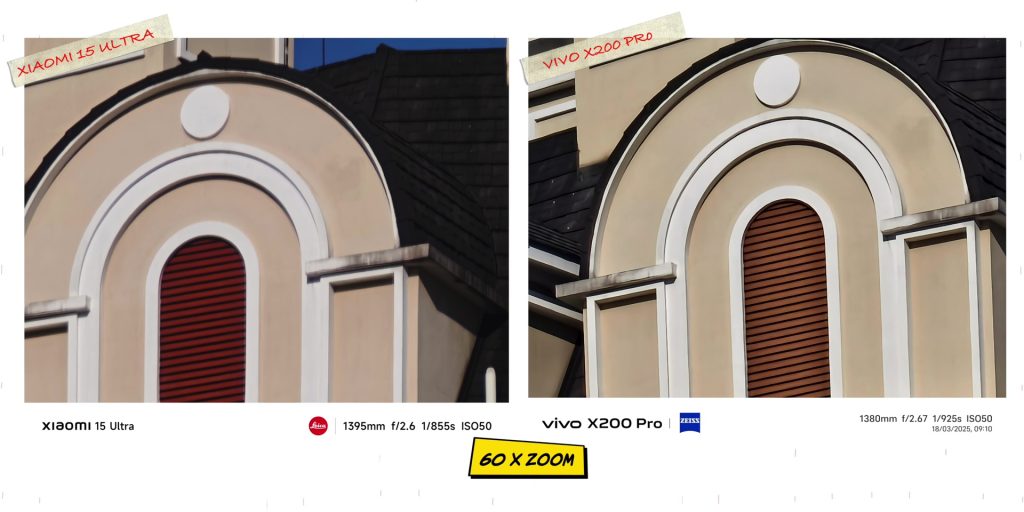
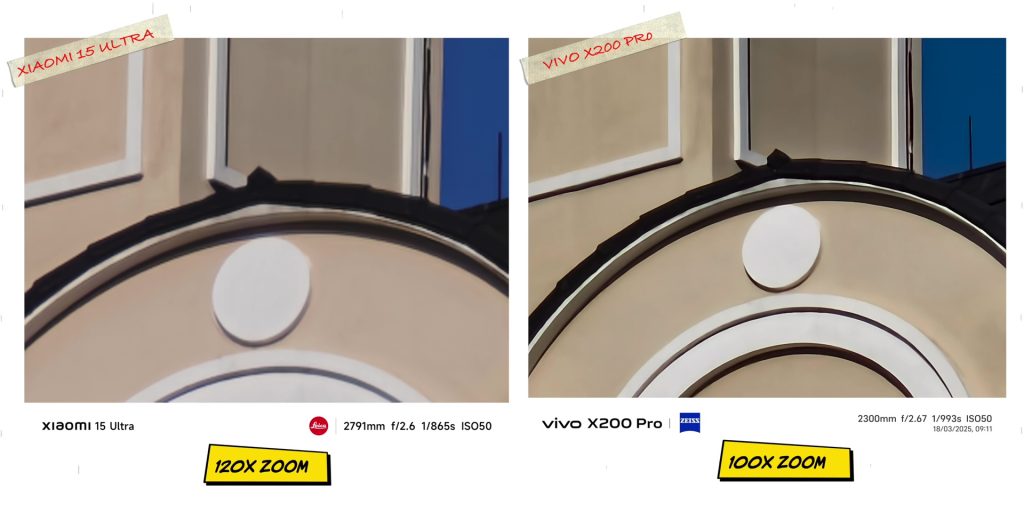
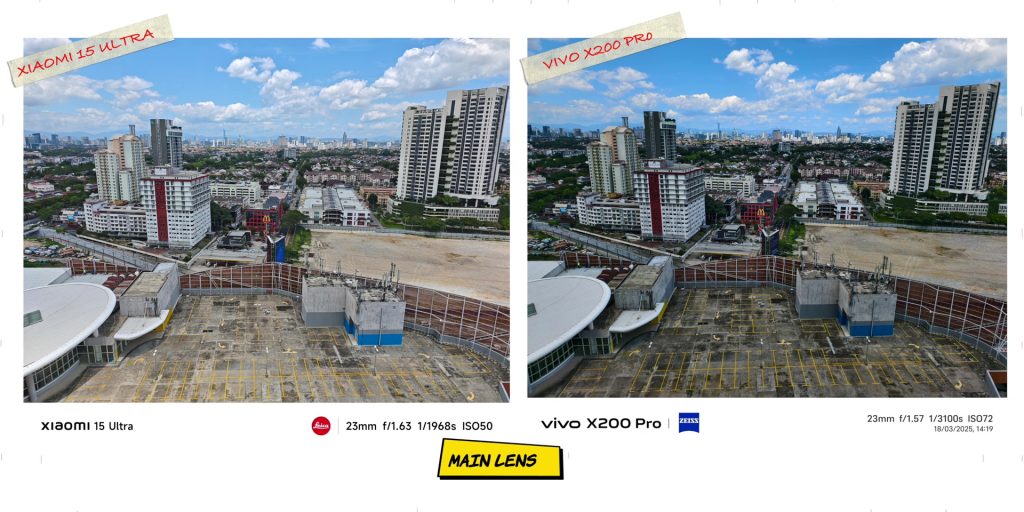
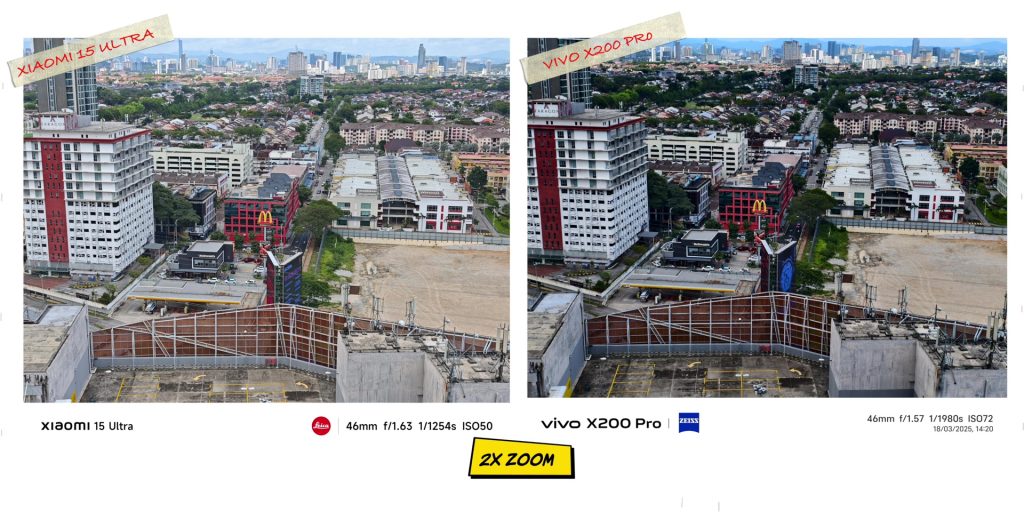
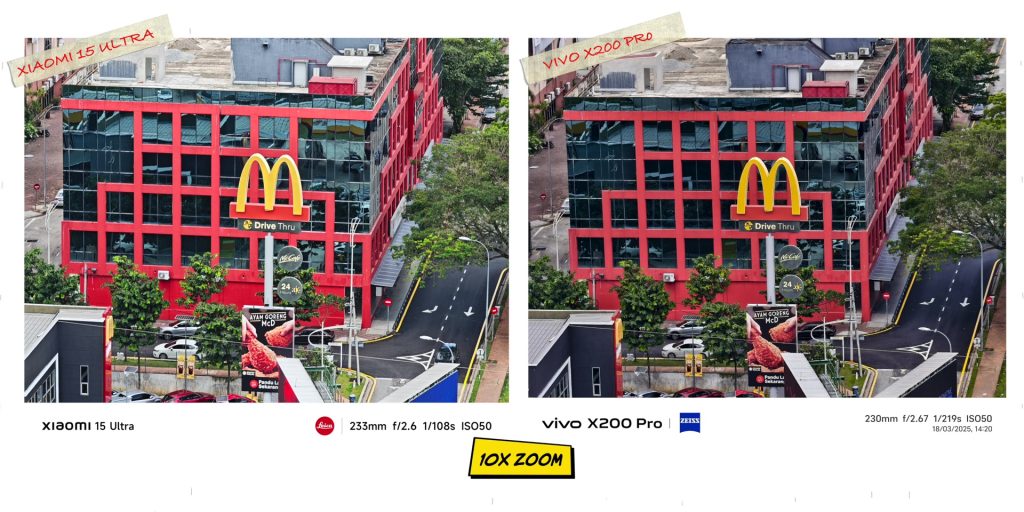
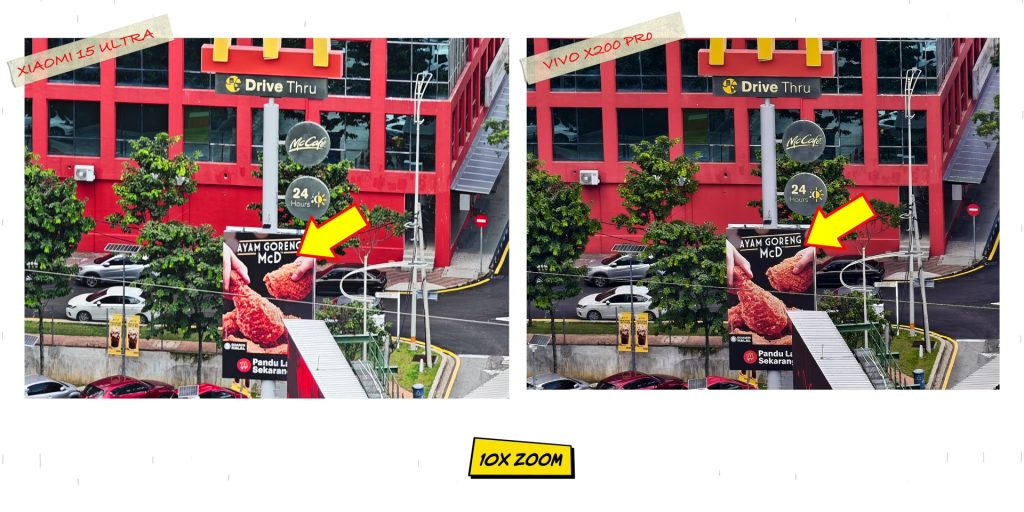


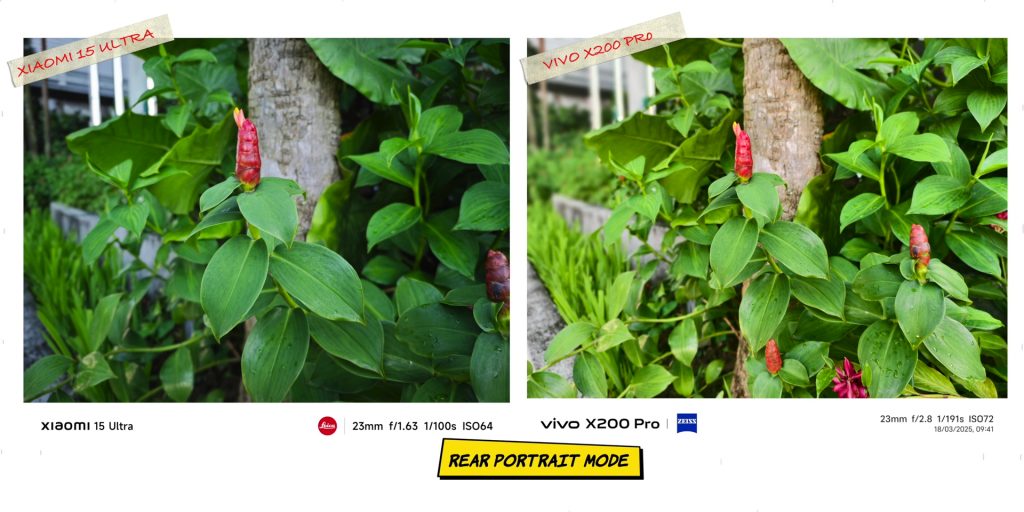
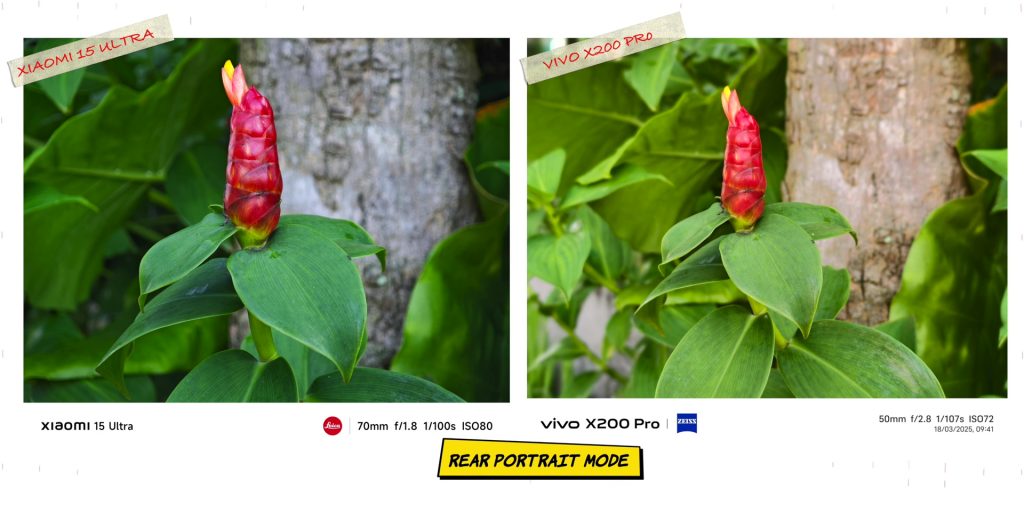
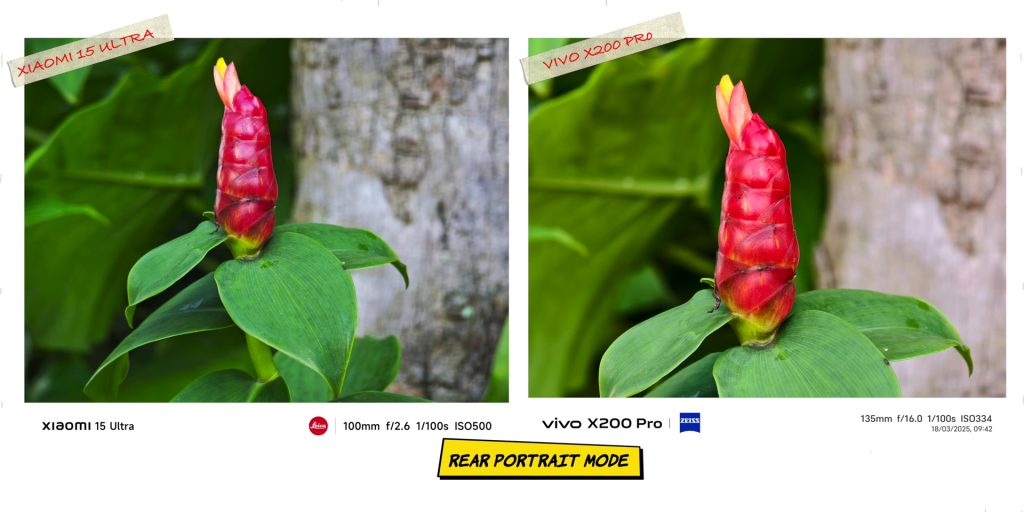
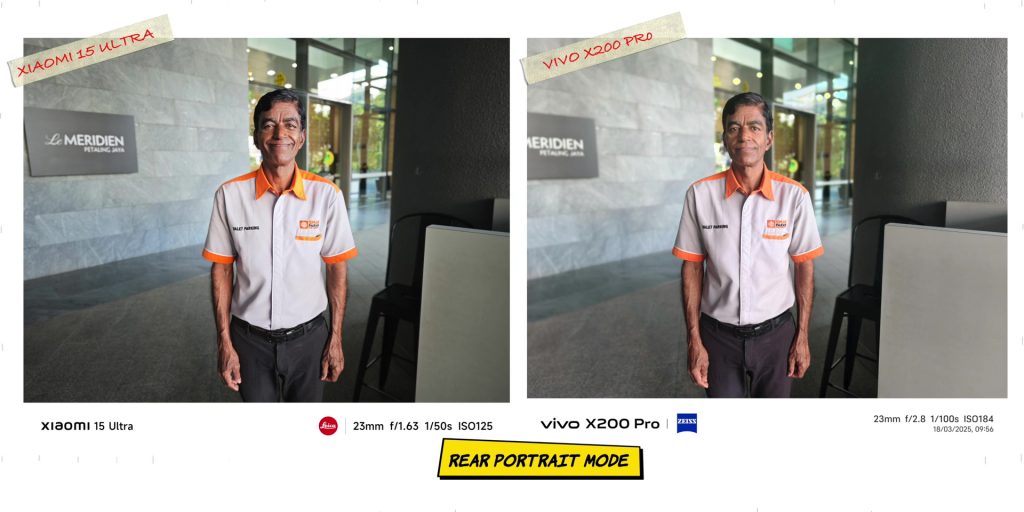

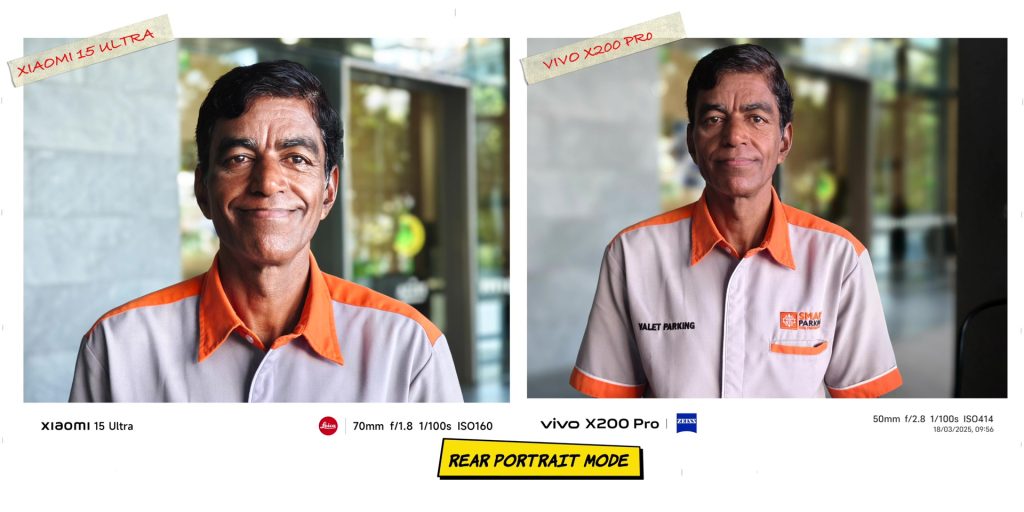
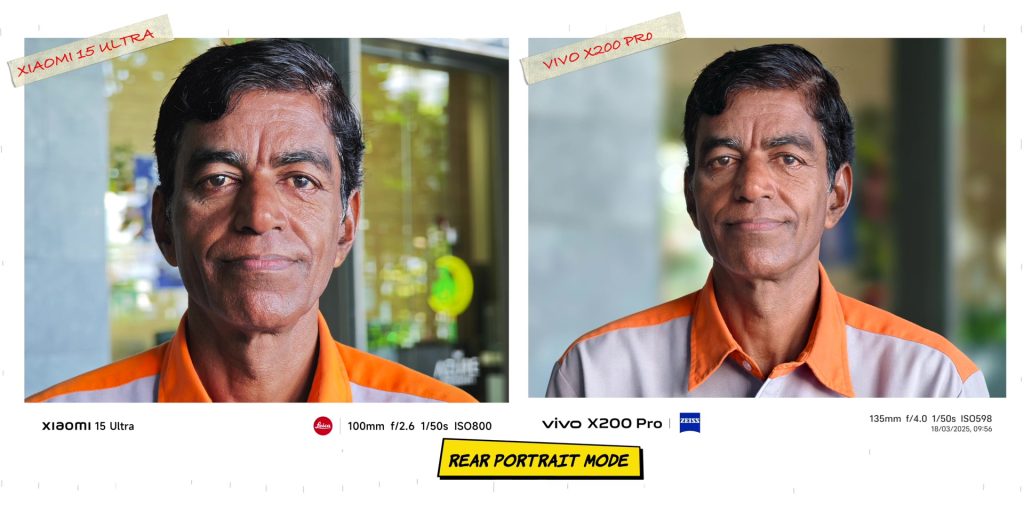
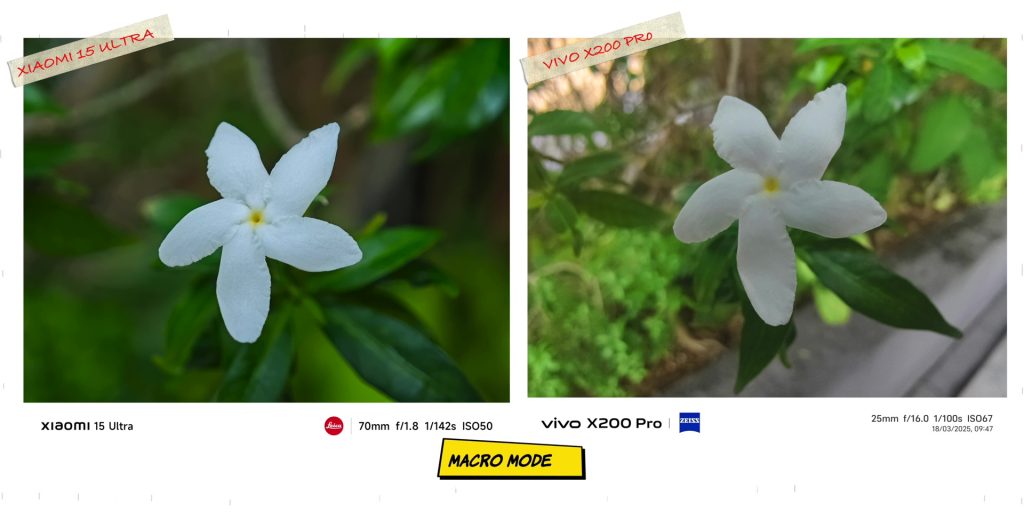
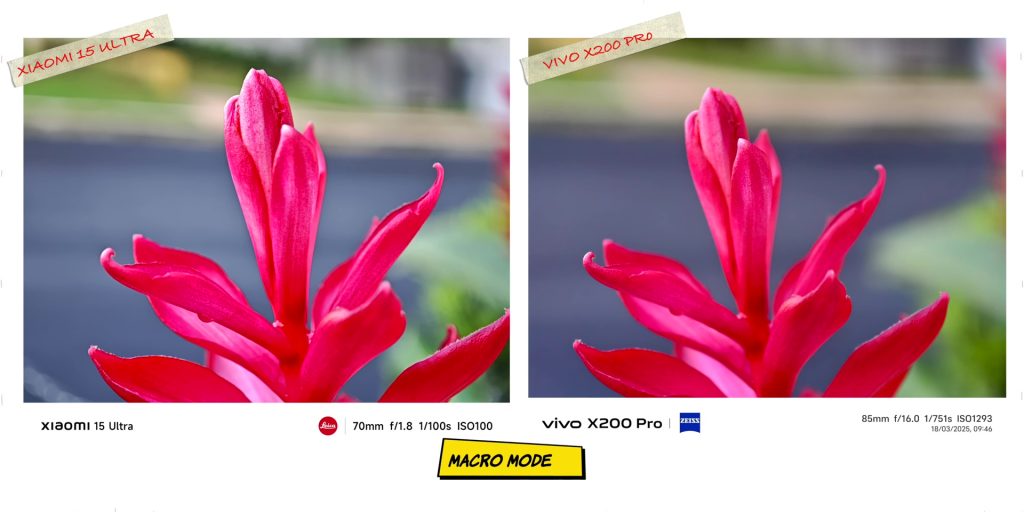
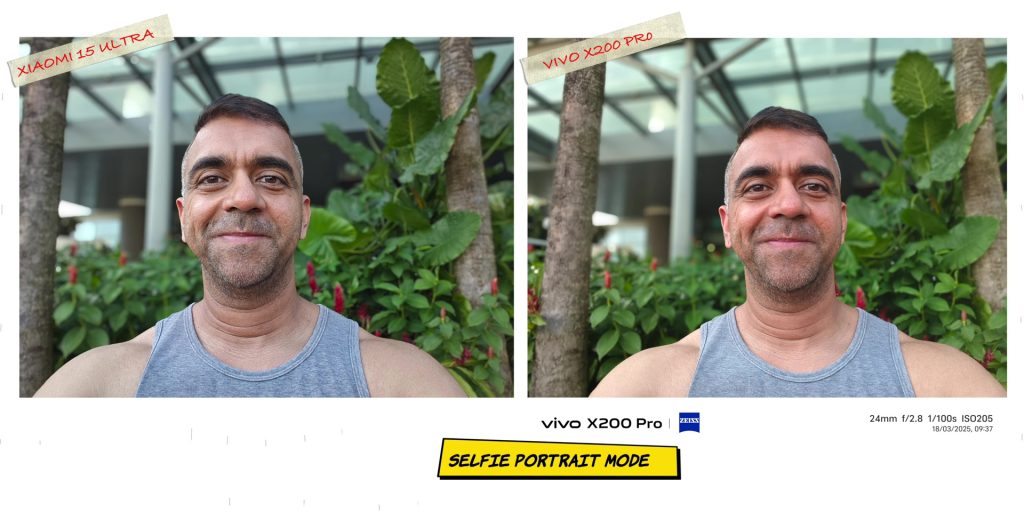
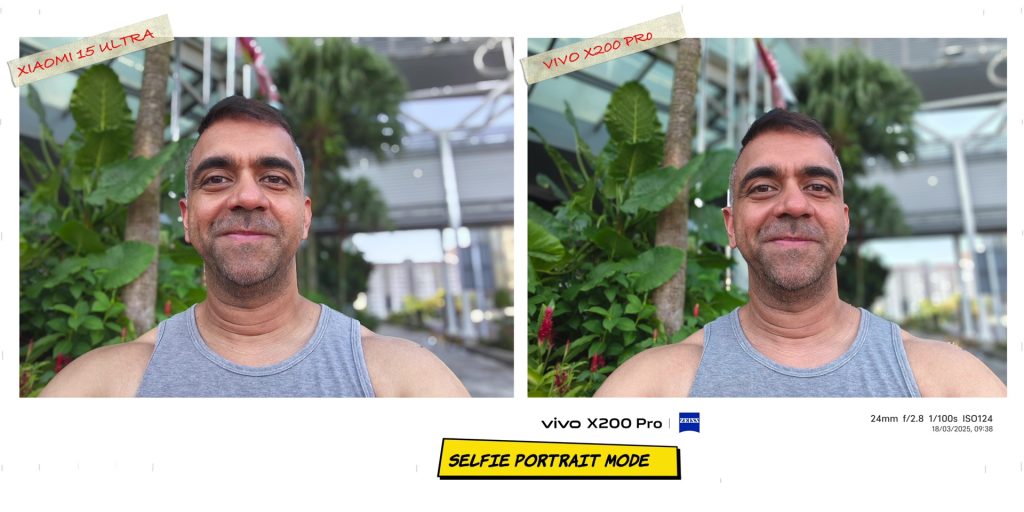
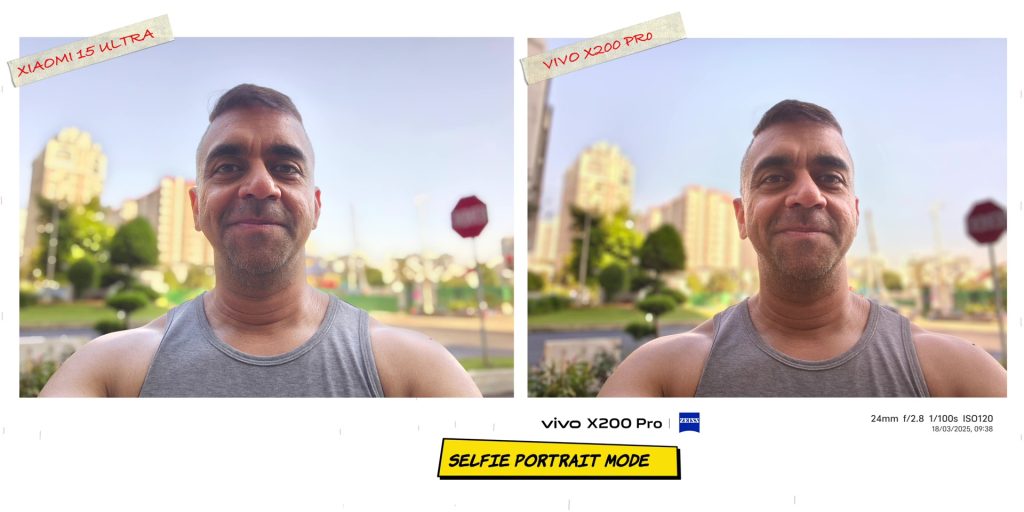
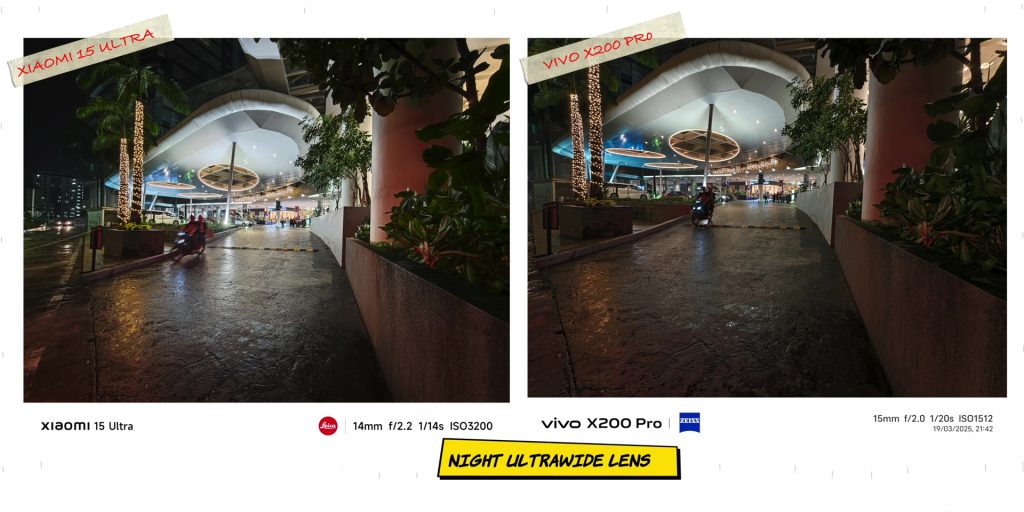
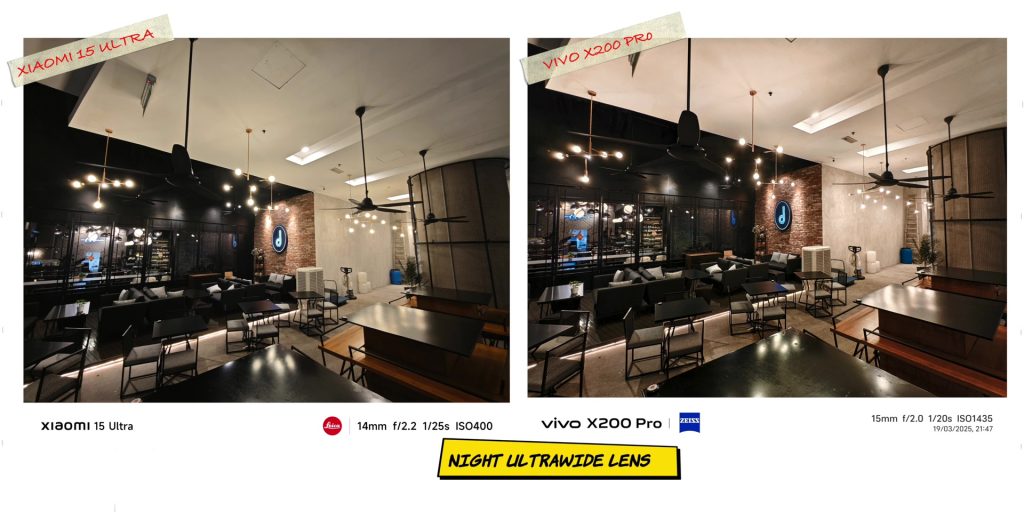
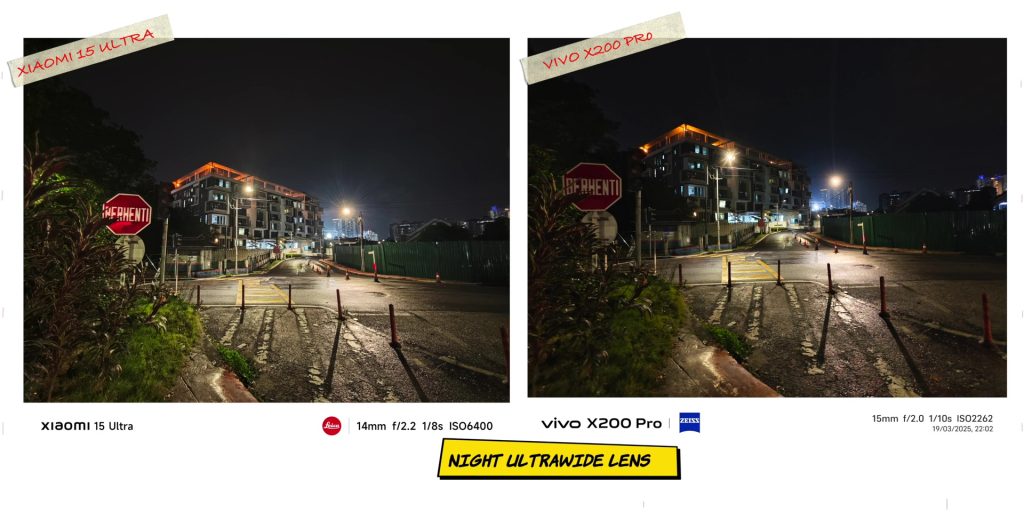
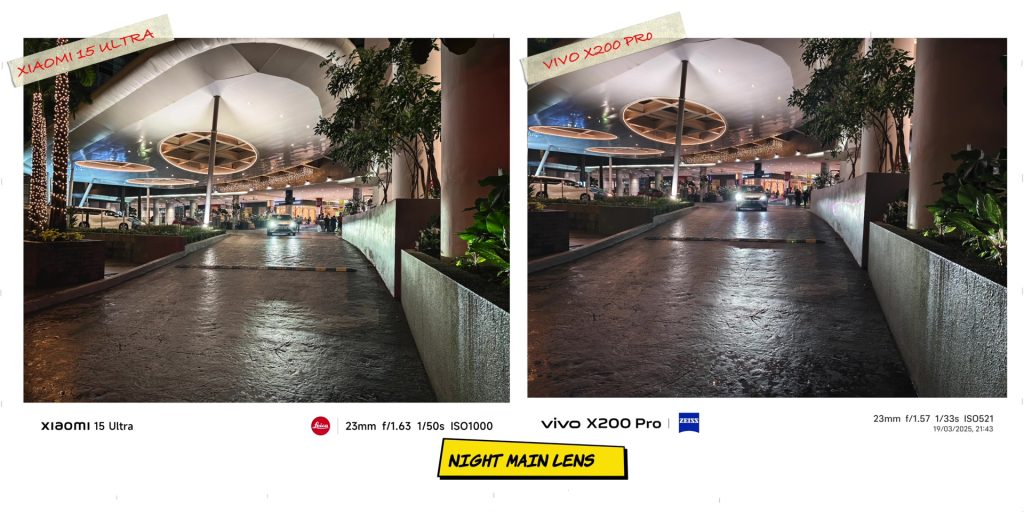
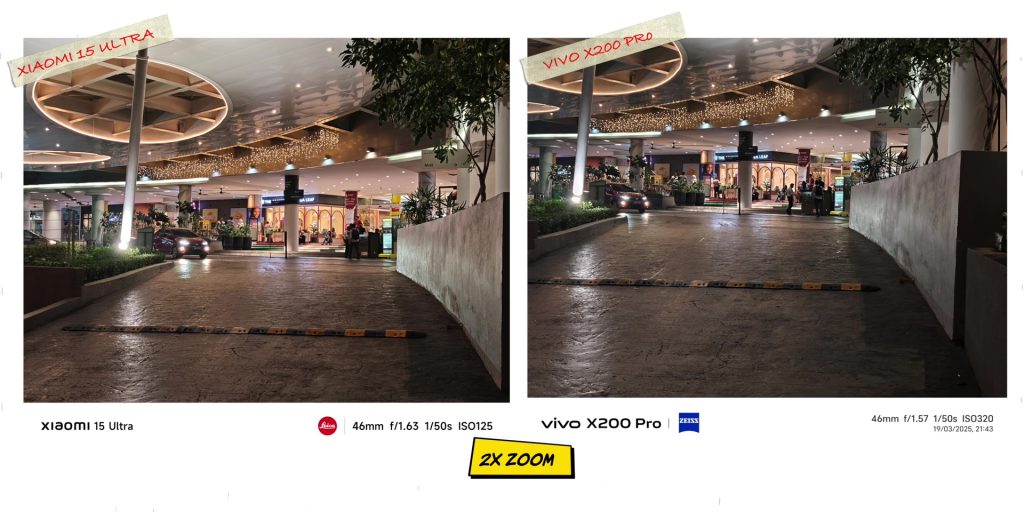
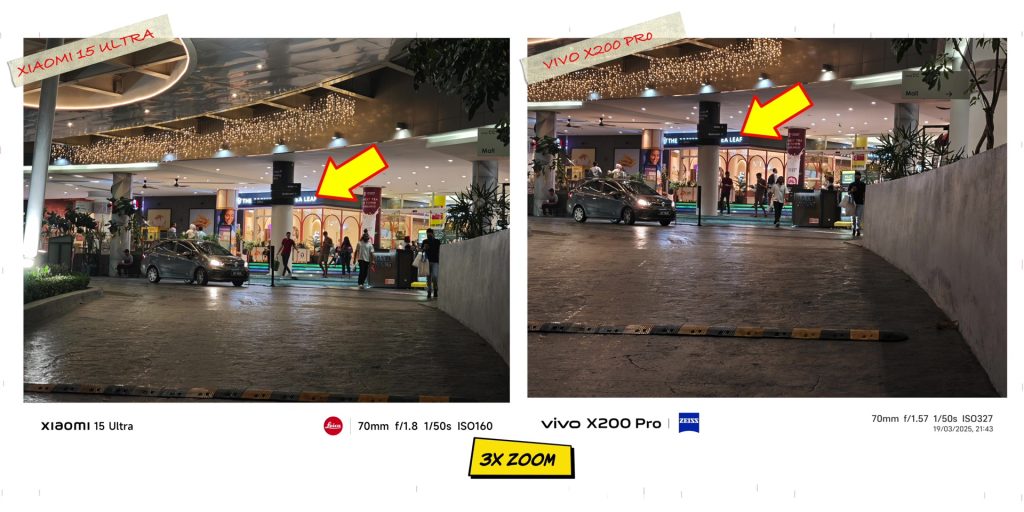
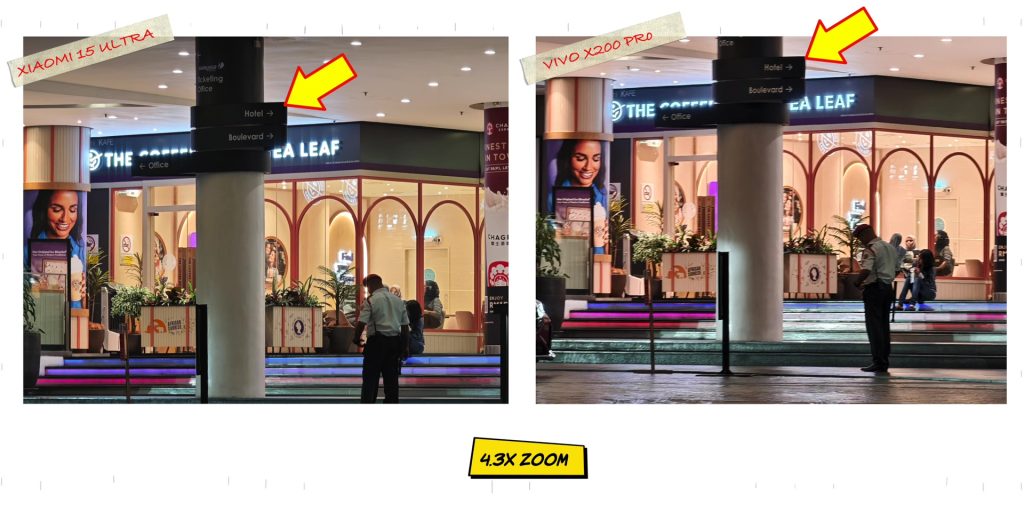
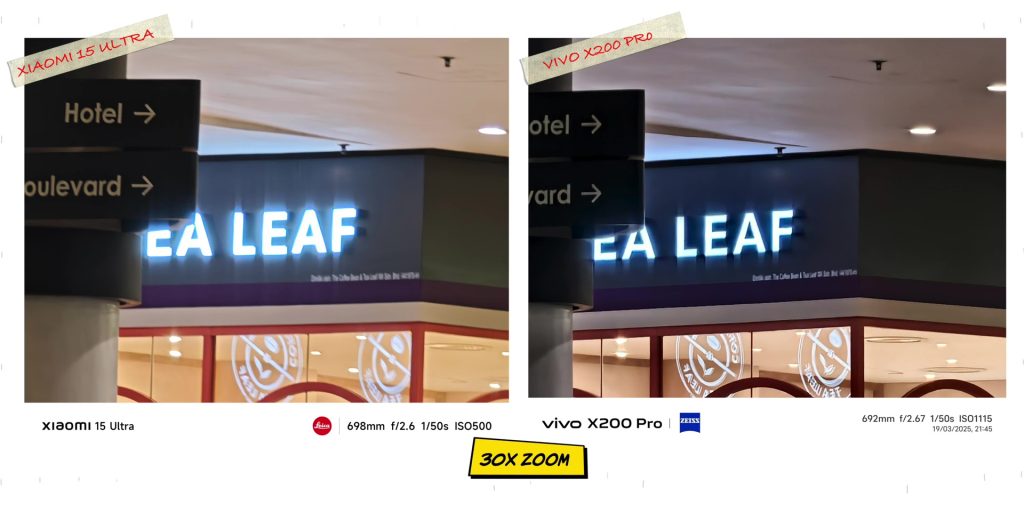
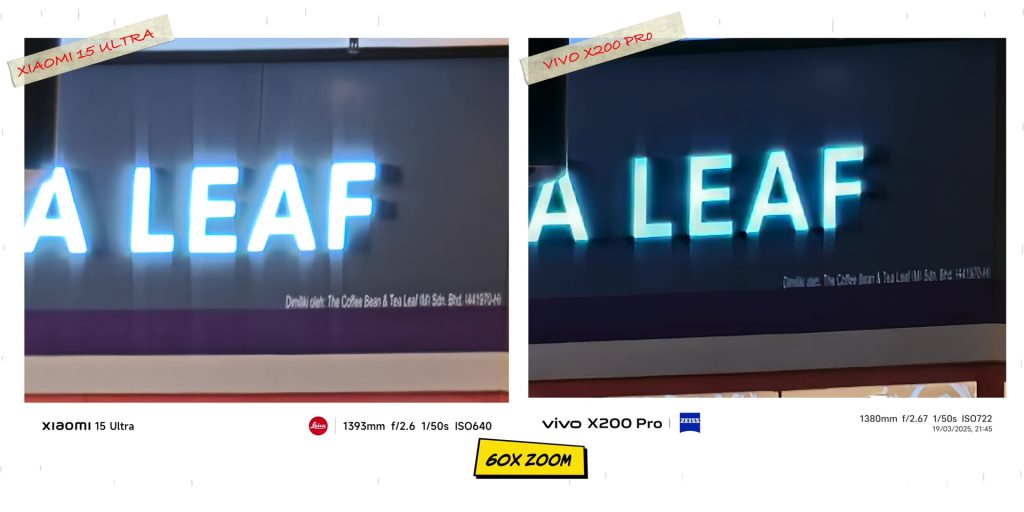

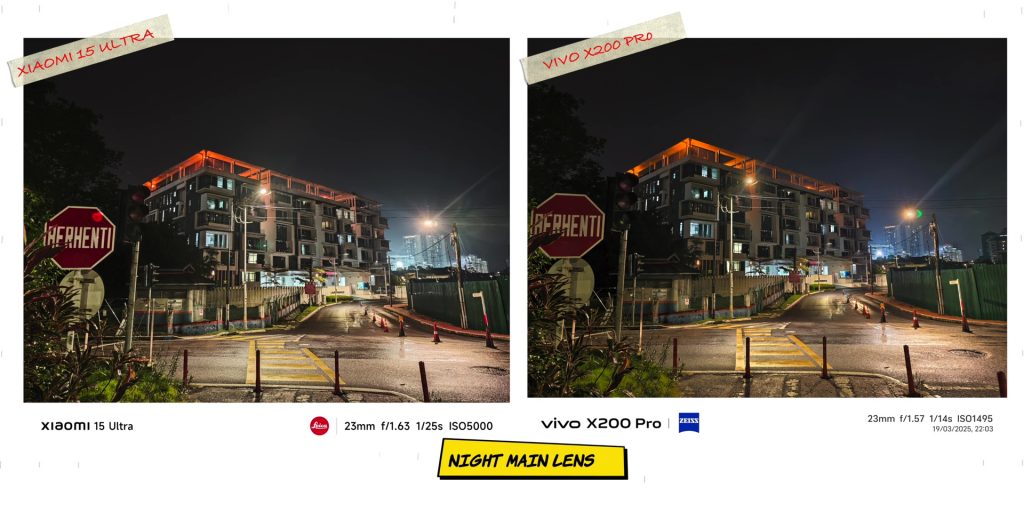
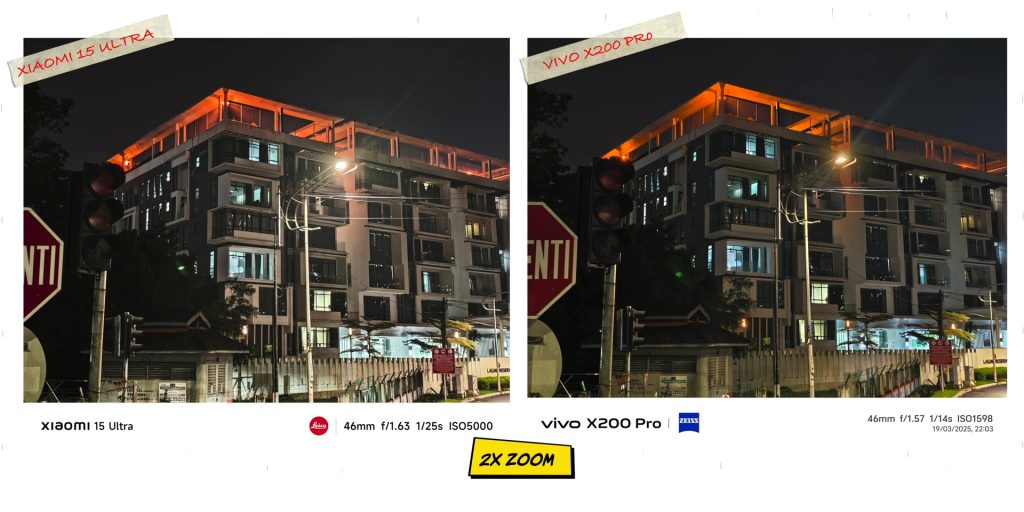
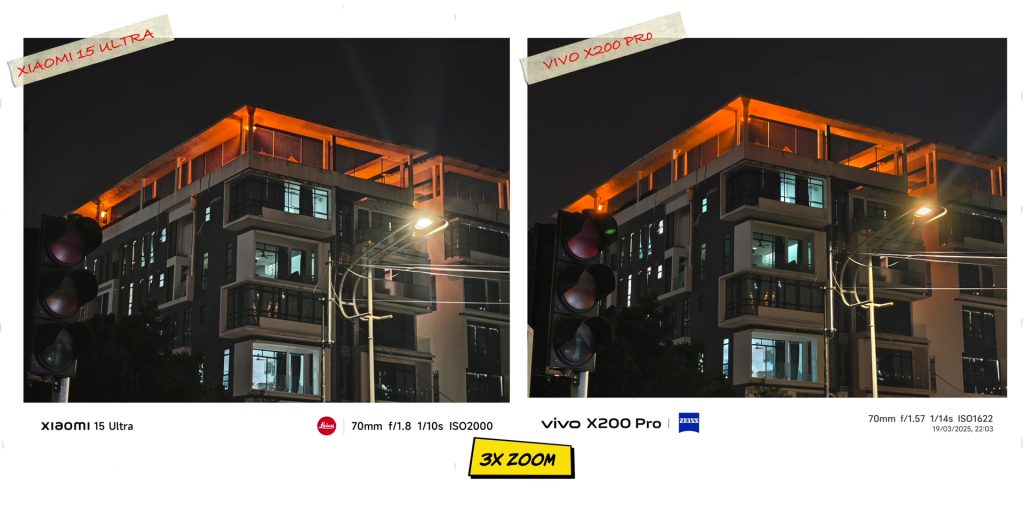
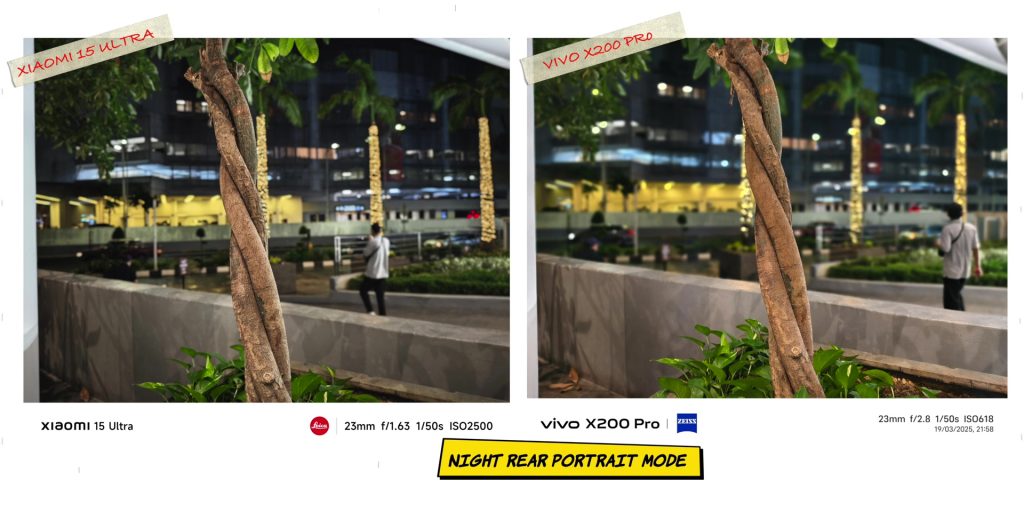
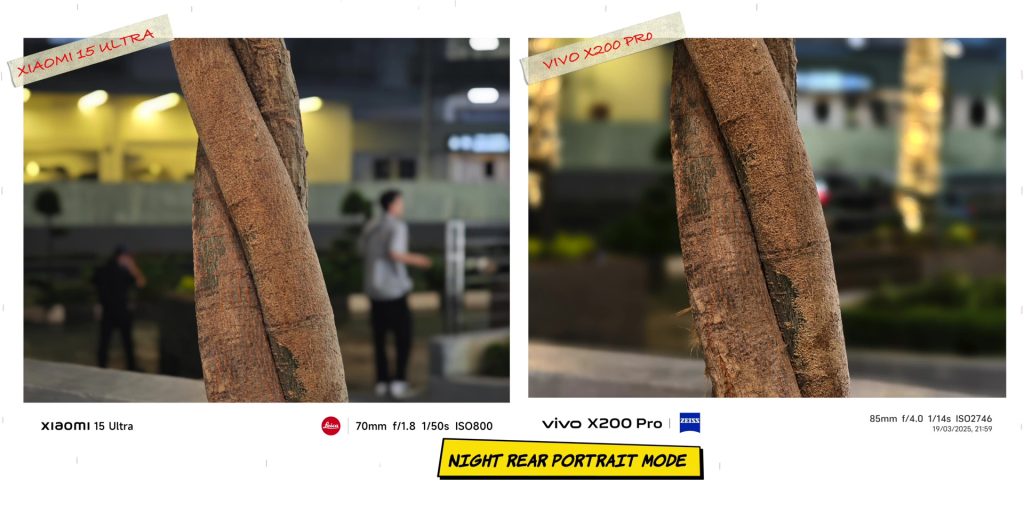



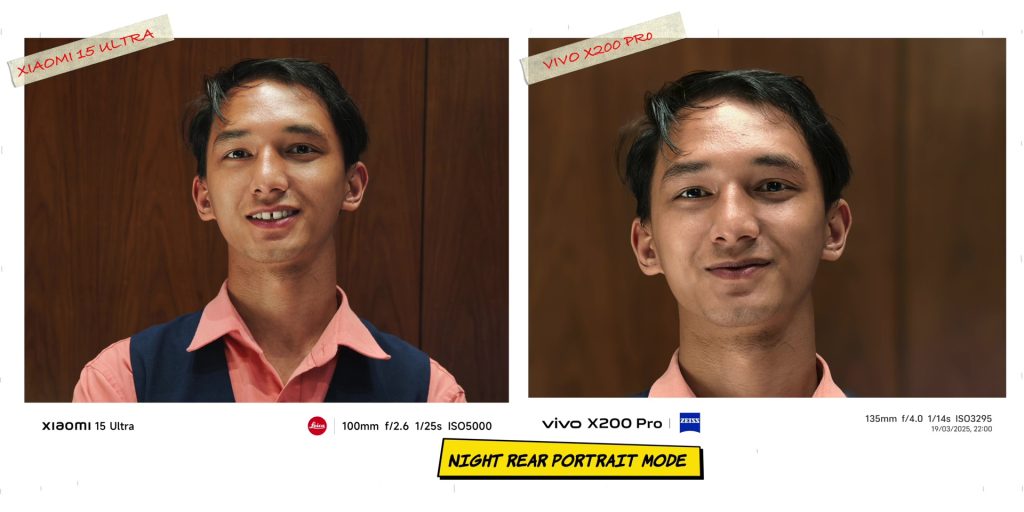
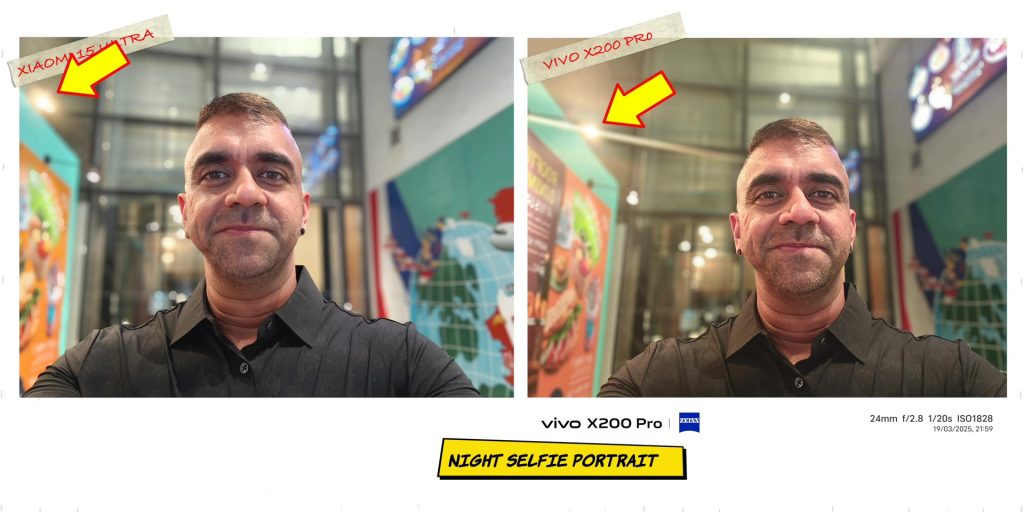
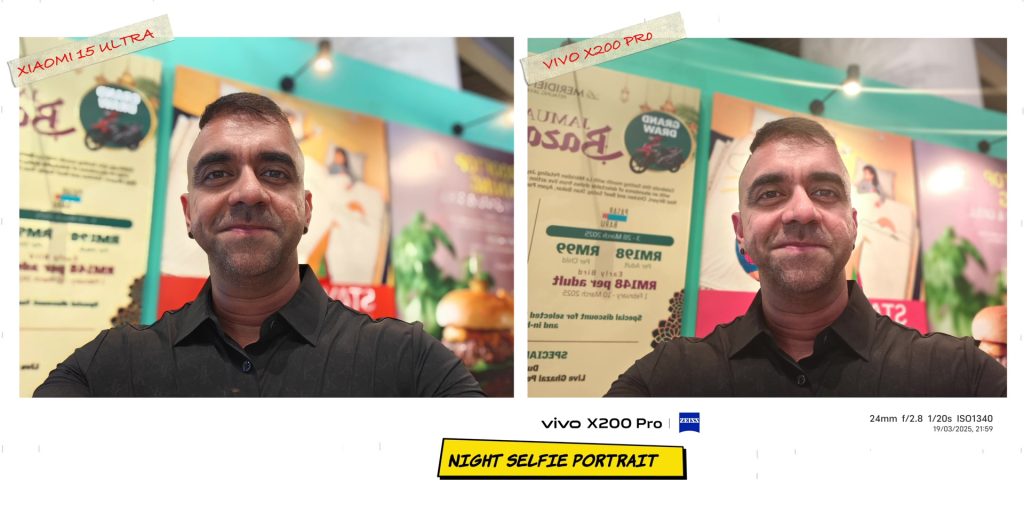



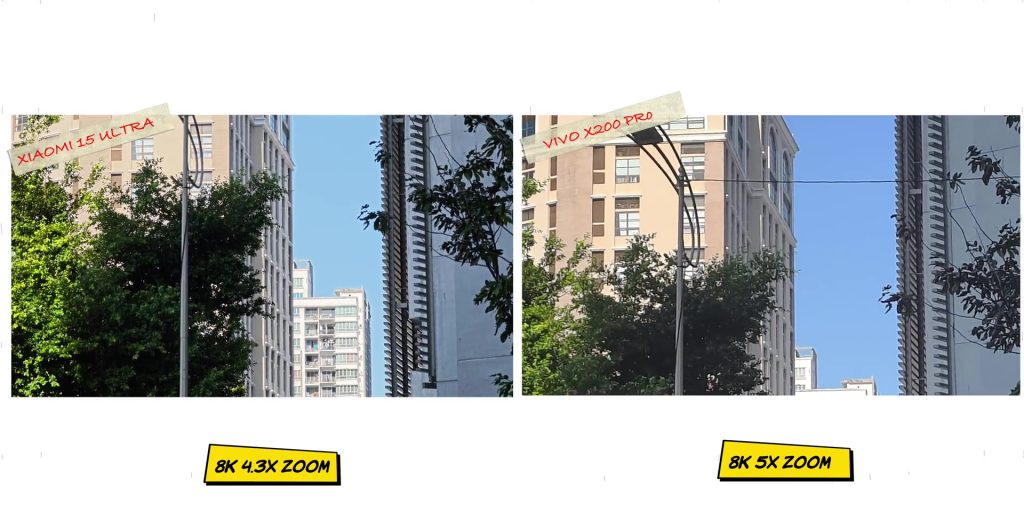

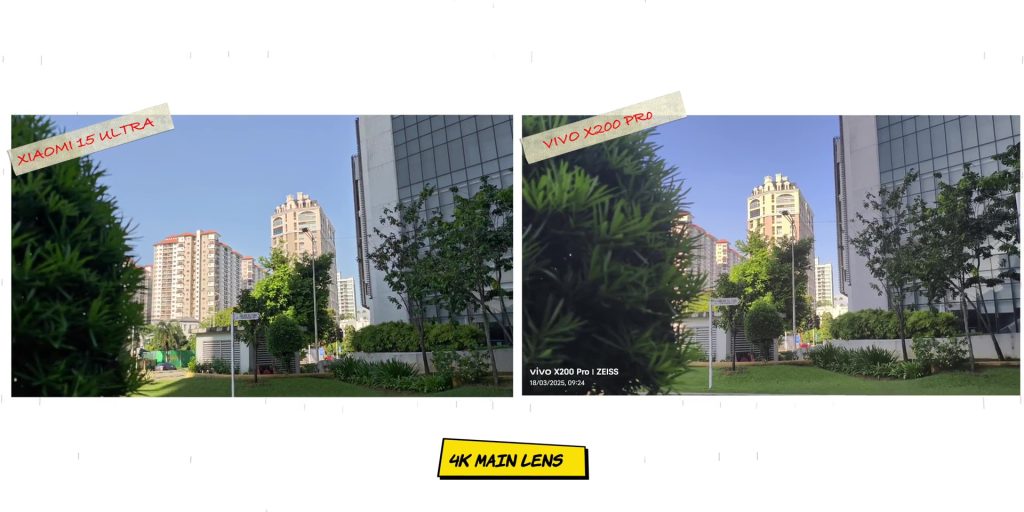
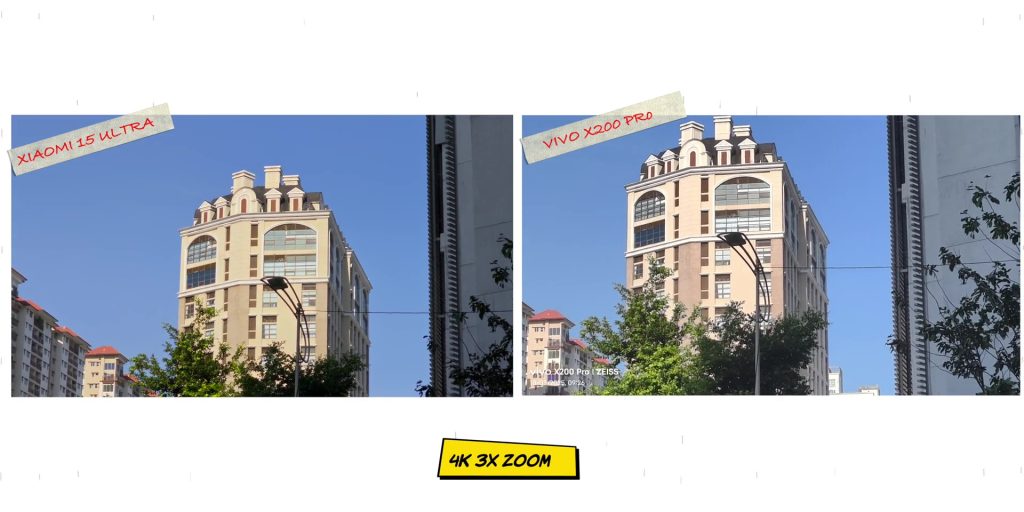
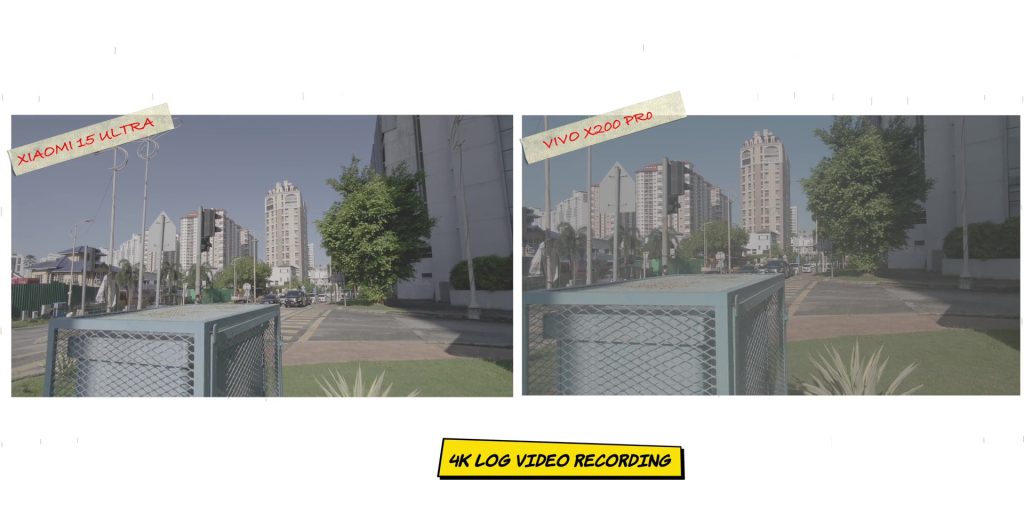



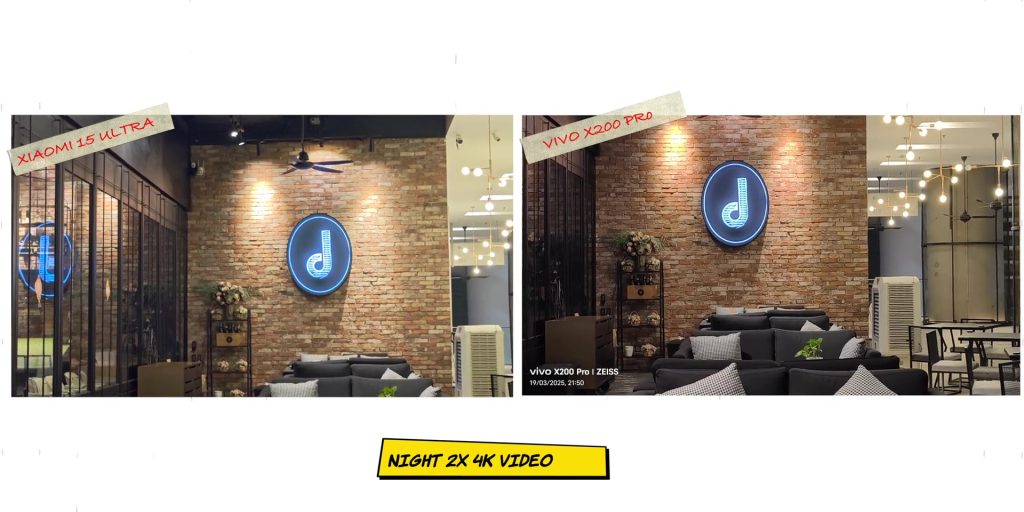
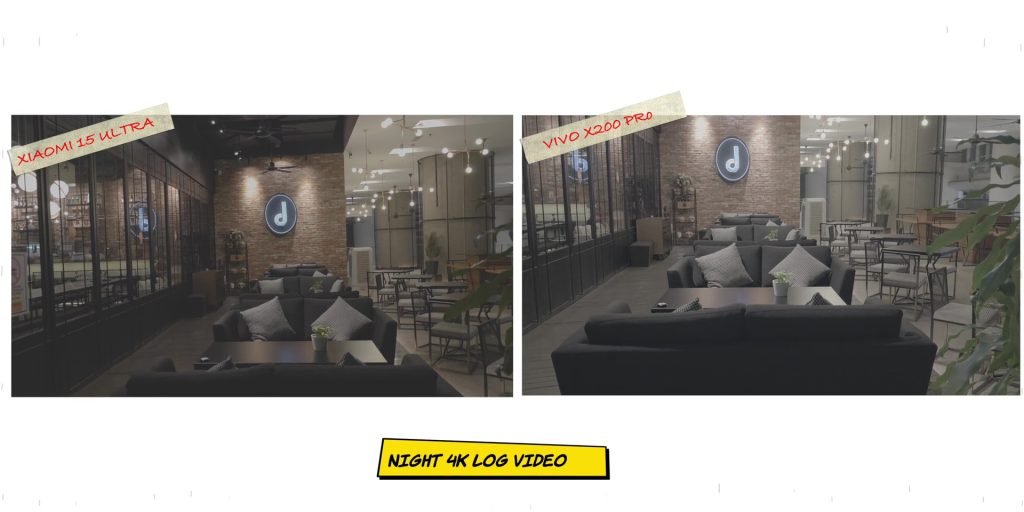

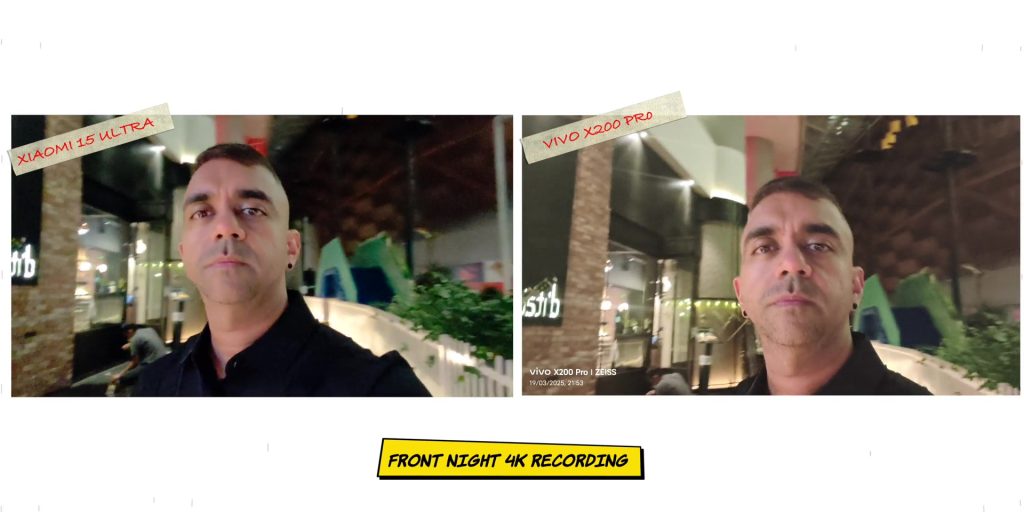
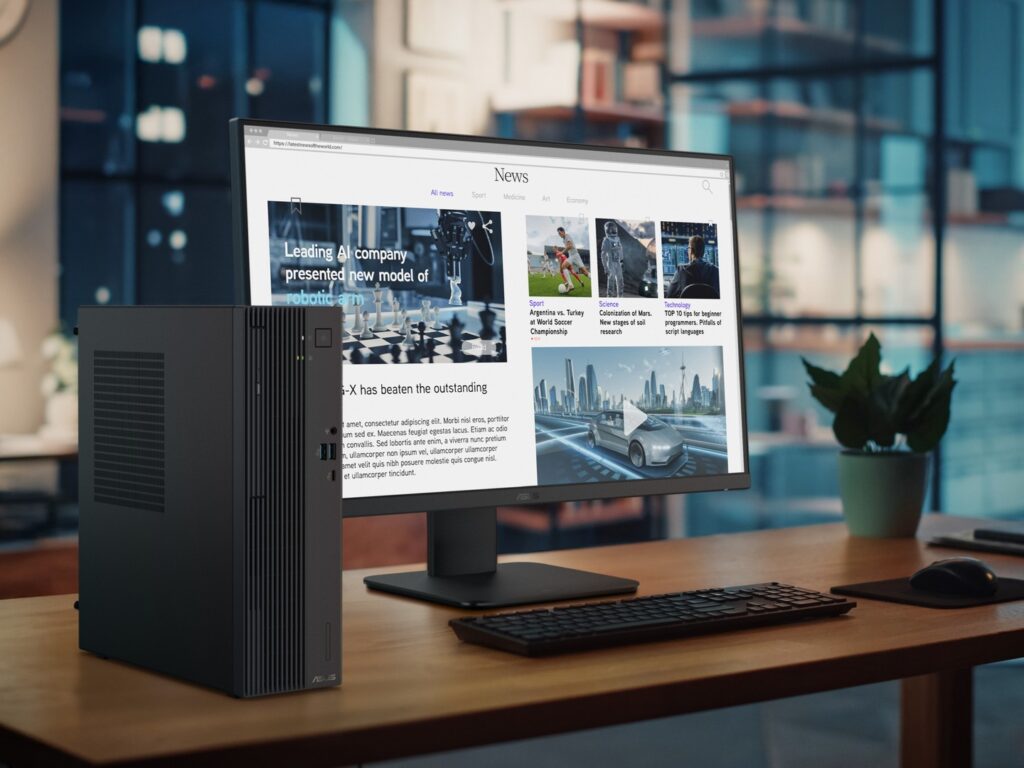
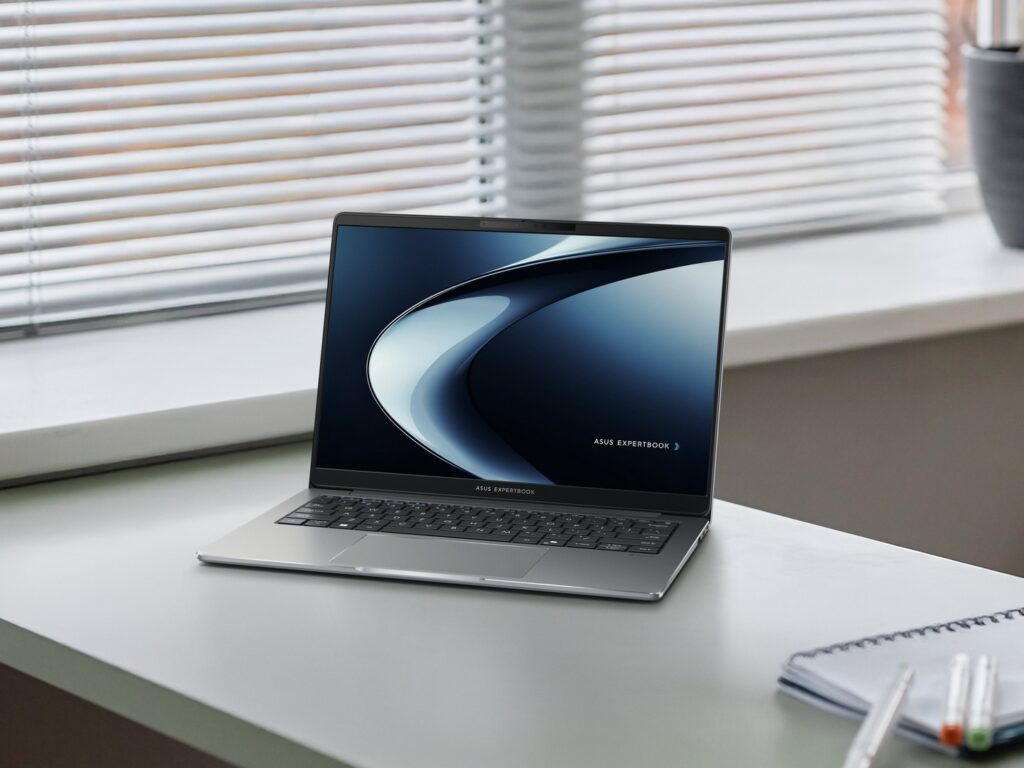
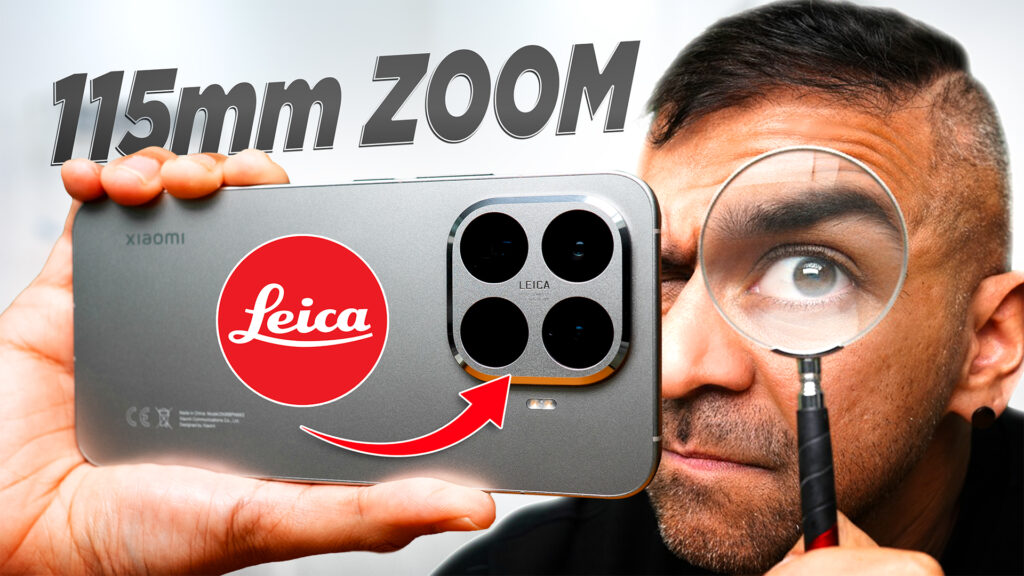
One Response
wow one thing the Vivo x200 pro reminded me was my old beloved Nokia Lumia 1020. the color hue and picture outcomes were very satisfying as to Nokia’s 1020.